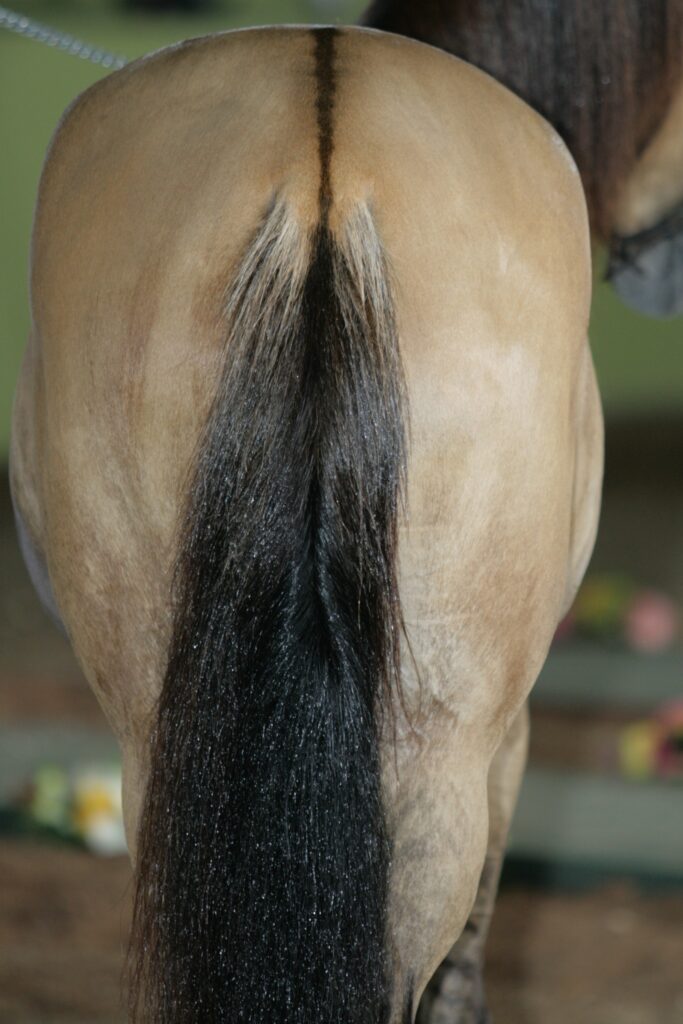
Horses are majestic creatures known for their strength, speed, and elegance. One often overlooked aspect of these animals is their coat, which plays a crucial role in their survival and well-being. Contrary to popular belief, horses don’t have fur; they possess a thick coat of hair. This hair serves as insulation, protecting them from the harsh elements and regulating their body temperature. Understanding the unique properties and diverse uses of horse hair sheds light on its significance in both the equine world and human society.
This article delves into the fascinating world of horse hair, exploring its differences from fur, examining its remarkable properties, and highlighting its various applications. We’ll also delve into the different types of horse hair available and their specific characteristics. By the end of this read, you’ll have a comprehensive understanding of this versatile natural resource.
Horse Hair vs. Fur
While often used interchangeably, horse hair and fur are distinct in their structure and composition. Fur is characterized by fine, dense hairs that grow close to the skin and provide excellent insulation. It typically features a soft undercoat for warmth and a coarser outer coat for protection. Animals like dogs, cats, and rabbits possess fur.
In contrast, horse hair consists of longer, coarser strands that are less densely packed than fur. These hairs are primarily composed of keratin, the same protein found in human hair and nails. Horse hair lacks the soft undercoat present in fur and is designed to provide protection from the elements rather than solely insulation.
The difference in structure explains why horse hair is often used for brushes and other applications requiring durability and strength, while fur is more commonly used for clothing and bedding due to its softness and warmth.
Properties of Horse Hair
Horse hair boasts a unique set of properties that make it highly desirable for various applications.
Strength and Durability: Horse hair strands are remarkably strong and resilient, capable of withstanding significant stress and wear. This durability makes them ideal for brushes, ropes, and other items requiring long-lasting performance.
Flexibility and Elasticity: Despite its strength, horse hair possesses a surprising degree of flexibility and elasticity. It can be easily bent and twisted without breaking, allowing it to conform to different shapes and surfaces.
Absorbency: Horse hair has excellent absorbency, capable of soaking up moisture and releasing it gradually. This property makes it suitable for use in cleaning products and horse grooming tools.
- Natural Resistance to Water and Heat: Horse hair exhibits natural resistance to both water and heat, making it suitable for use in outdoor applications and environments with fluctuating temperatures.
Uses of Horse Hair
The unique properties of horse hair have led to its widespread use across various industries.
- Brushes and Combs: Horse hair is a popular choice for crafting high-quality brushes and combs due to its strength, flexibility, and absorbency. It effectively distributes hair products, detangles knots, and provides a gentle massage to the scalp.
Weaving and Textiles: Horse hair has been used in weaving and textile production for centuries. Its durability and natural luster make it suitable for creating sturdy fabrics, ropes, and even decorative items.
Musical Instruments: Certain musical instruments, such as violins and harps, utilize horse hair for their strings. The strength and elasticity of horse hair allow for precise tuning and a rich, resonant sound.
- Horse Grooming Tools: Naturally, horse hair is also used in grooming tools designed specifically for horses. Brushes made from horse hair effectively remove dirt, debris, and loose hair from the equine coat.
Types of Horse Hair
Different types of horse hair are available, each with its own unique characteristics and applications.
Tail Hair: Horse tail hair is known for its long, silky strands and exceptional strength. It’s often used in high-end brushes, weaving, and even fly fishing lures.
Mane Hair: Horse mane hair is typically coarser than tail hair but still possesses remarkable strength and flexibility. It’s commonly used in crafting durable ropes, cords, and decorative items.
- Body Hair: Horse body hair varies in texture depending on the breed and season. It can be used for a variety of purposes, including stuffing pillows, making upholstery padding, and even creating natural insulation materials.
Conclusion
From its role as a protective barrier to its diverse applications in human industries, horse hair is a remarkable resource with a rich history and enduring relevance. Understanding the differences between horse hair and fur, appreciating its unique properties, and exploring its various uses reveals the multifaceted nature of this often-overlooked natural wonder.
